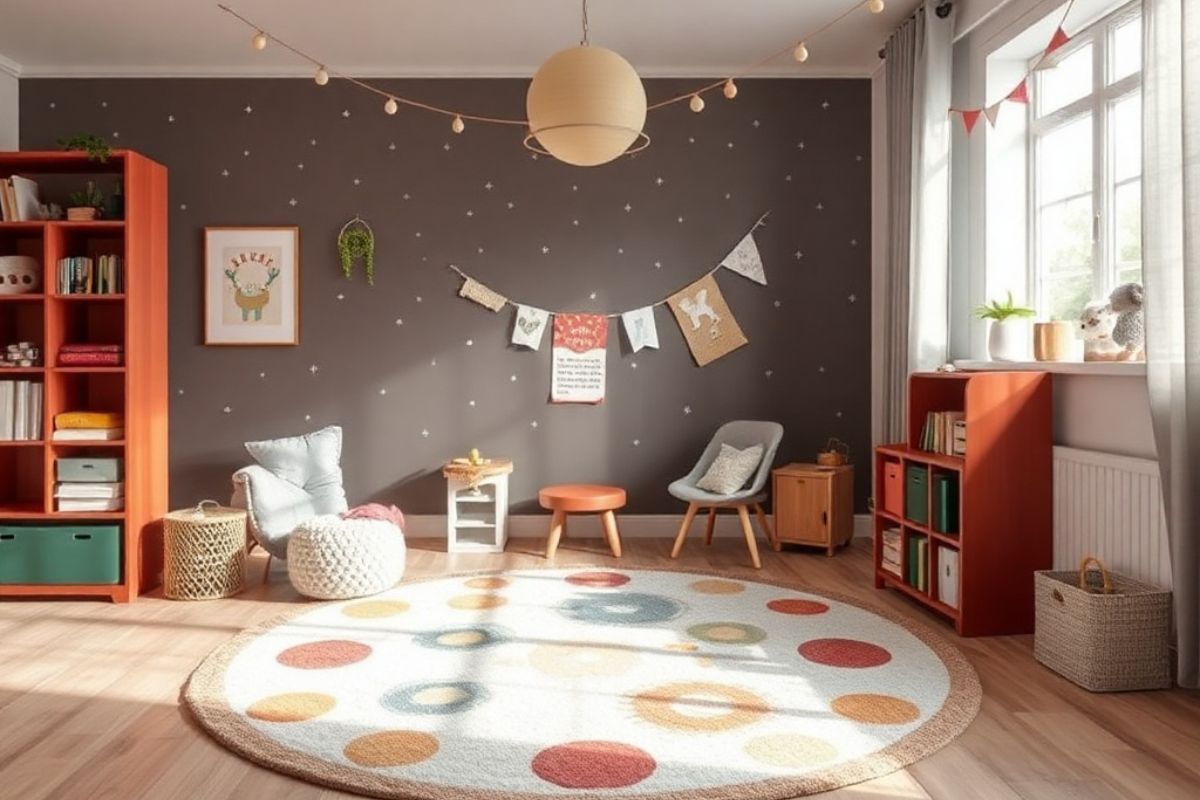Porcelain vs Ceramic Tile: Which Is Better for Your Home?

Choosing between porcelain and ceramic tile for your home depends on your needs. Porcelain tiles offer superior durability, water resistance, and an upscale look, ideal for high-moisture and high-traffic areas. Ceramic tiles are more affordable, easier to cut, and great for areas with lighter traffic. Each material offers various design options, but porcelain is generally better for contemporary spaces. Consider your budget, design preference, and the room's function. By continuing, you'll uncover more insights.
- Porcelain tiles offer superior durability and water resistance, ideal for high-traffic and moisture-prone areas.
- Ceramic tiles are more affordable and easier to install, suitable for DIY projects and areas with lighter foot traffic.
- Porcelain's dense composition makes it less likely to chip or crack, ensuring long-term cost savings.
- Ceramic tiles provide a classic look and are better suited for areas with minimal moisture exposure.
- Porcelain requires specialized tools for installation, while ceramic is easier to handle with standard tools.
Understanding Porcelain and Ceramic Tiles
When choosing between porcelain and ceramic tiles, it is essential to understand their distinct characteristics. Porcelain tiles are denser and less porous, making them more durable and water-resistant. They're ideal for high-moisture areas like bathrooms and kitchens. You'll find that porcelain tiles are also highly resistant to wear and tear, which is perfect for high-traffic areas. On the other hand, ceramic tiles are less dense and more affordable. They're easier to cut and install, making them a great choice for DIY projects. Ceramic tiles are suitable for areas with less foot traffic and can offer a good balance of durability and cost-effectiveness. By understanding these differences, you can make an informed decision on which tile type best suits your needs.
Aesthetic Differences and Design Options
Though both porcelain and ceramic tiles offer a variety of design options, their aesthetic differences can greatly influence your choice. Porcelain tiles often mimic natural stone or wood, delivering a more upscale and polished look. They're ideal if you want a sleek, modern design. On the other hand, ceramic tiles provide a more rustic and traditional appearance, with a wider range of colors and patterns. They're perfect for adding warmth and charm to your space.
Consider your home's overall style and theme. Porcelain works well in contemporary settings, while ceramic suits classic or eclectic designs. Both materials come in various sizes, shapes, and finishes, but porcelain tends to be more consistent in color. Your decision should align with your aesthetic preferences and the ambiance you wish to create.
Durability and Longevity
If you're choosing between porcelain and ceramic tiles, understanding their durability and longevity is essential. Porcelain tiles are denser and fired at higher temperatures, making them harder and more durable than ceramic tiles. This toughness makes porcelain an excellent choice for high-traffic areas in your home. They're less likely to chip or crack under pressure, so you'll enjoy a long-lasting flooring solution with minimal maintenance.
On the other hand, ceramic tiles aren't as dense, making them slightly less durable. They're better suited for areas with lighter foot traffic. However, with proper care, ceramic tiles can still offer a respectable lifespan. Consider your home's needs and usage patterns when deciding. Prioritizing durability can save you money and hassle in the long run.
.jpg)
Moisture Resistance and Suitability for Wet Areas
After considering durability, it's important to assess moisture resistance and suitability for wet areas when choosing between porcelain and ceramic tiles. Porcelain tiles boast a lower water absorption rate, usually below 0.5%, making them highly suitable for bathrooms, kitchens, and outdoor spaces. Their dense composition provides excellent resistance against moisture, reducing the risk of mold and mildew. On the other hand, ceramic tiles, with a higher absorption rate, might not be ideal for consistently wet environments. They can still work well in areas with minimal moisture exposure, like living rooms or hallways. When you're deciding, consider where you'll install the tiles and how often those areas encounter moisture. Porcelain often offers a better choice for wet areas due to its superior moisture resistance.
Installation and Maintenance Considerations
When planning for tile installation, understanding the differences between porcelain and ceramic tiles can save you both time and effort. Porcelain tiles are denser and harder, making them more challenging to cut and install. You'll need specialized tools and possibly professional help, especially for large projects. However, porcelain's durability means less frequent repairs. Ceramic tiles, being lighter and softer, are easier to handle and cut with standard tools, making DIY installation more feasible.
In terms of maintenance, porcelain tiles are less porous, offering better stain resistance and easier cleaning with just water and mild detergent. Ceramic tiles require sealing to prevent stains and moisture damage. Regular maintenance is essential to keep tiles looking new, so choose based on your willingness to maintain them.
Cost Comparison and Budgeting Tips
Understanding the cost differences between porcelain and ceramic tiles can greatly impact your budgeting decisions. Porcelain tiles generally cost more due to their durability and dense composition. You might pay between $3 to $10 per square foot for porcelain, while ceramic tiles typically range from $1 to $5 per square foot.
If you're planning a large area, these differences add up quickly. Consider not just the tile cost but also the installation fees. Porcelain requires specialized tools, potentially increasing labor costs. When budgeting, assess the room's usage. High-traffic areas might benefit from porcelain's longevity, justifying the expense. For low-traffic spaces, ceramic might suffice. Always compare prices from multiple suppliers and consider seasonal sales to maximize savings.
Conclusion
When choosing between porcelain and ceramic tiles for your home, consider your priorities: Porcelain's durability suits high-traffic areas, while ceramic offers diverse design options at a lower cost. Porcelain excels in moisture resistance, making it ideal for wet areas. Both tiles require proper installation and maintenance for longevity. Weigh your budget against your aesthetic and functional needs to decide which tile fits best. Ultimately, your choice should balance style, practicality, and cost-effectiveness.









